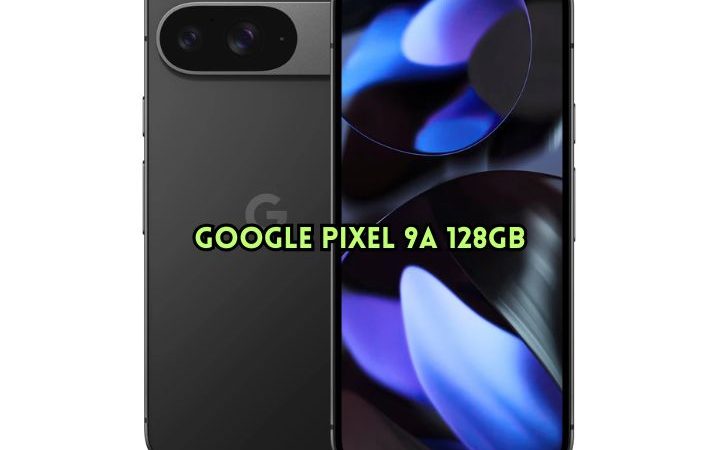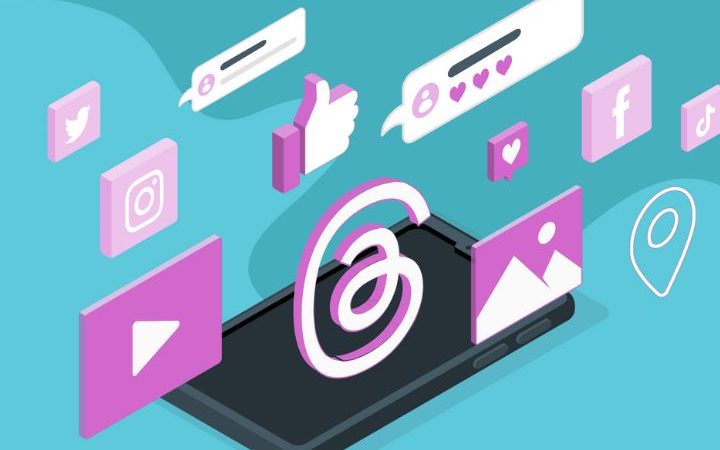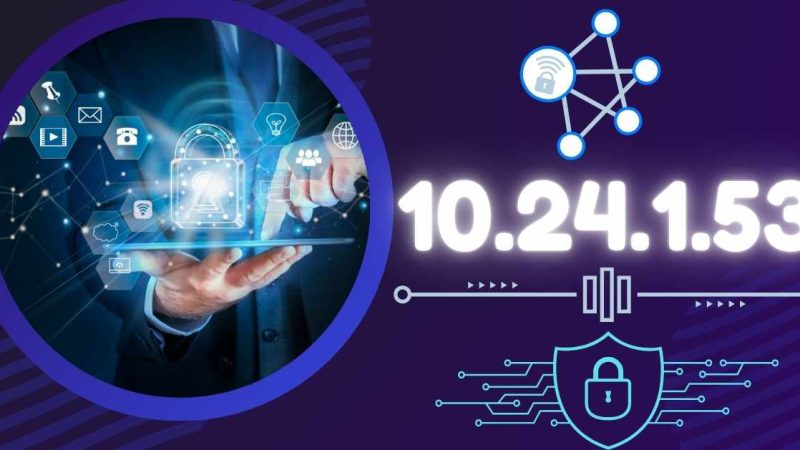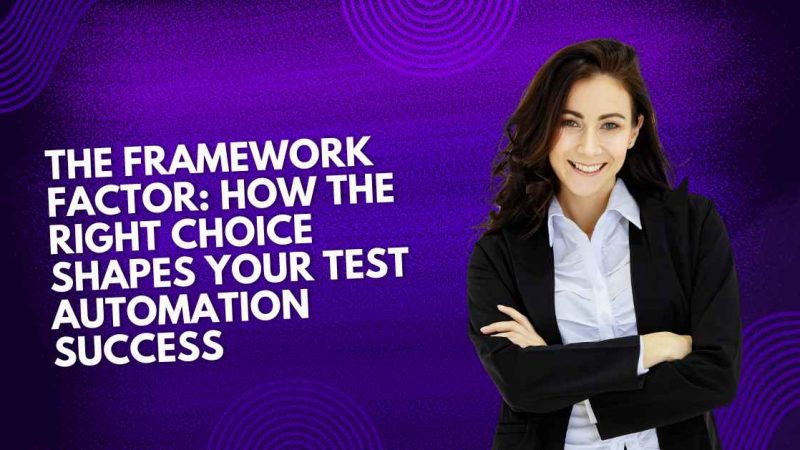How Dental Technology is Transforming Dentistry?
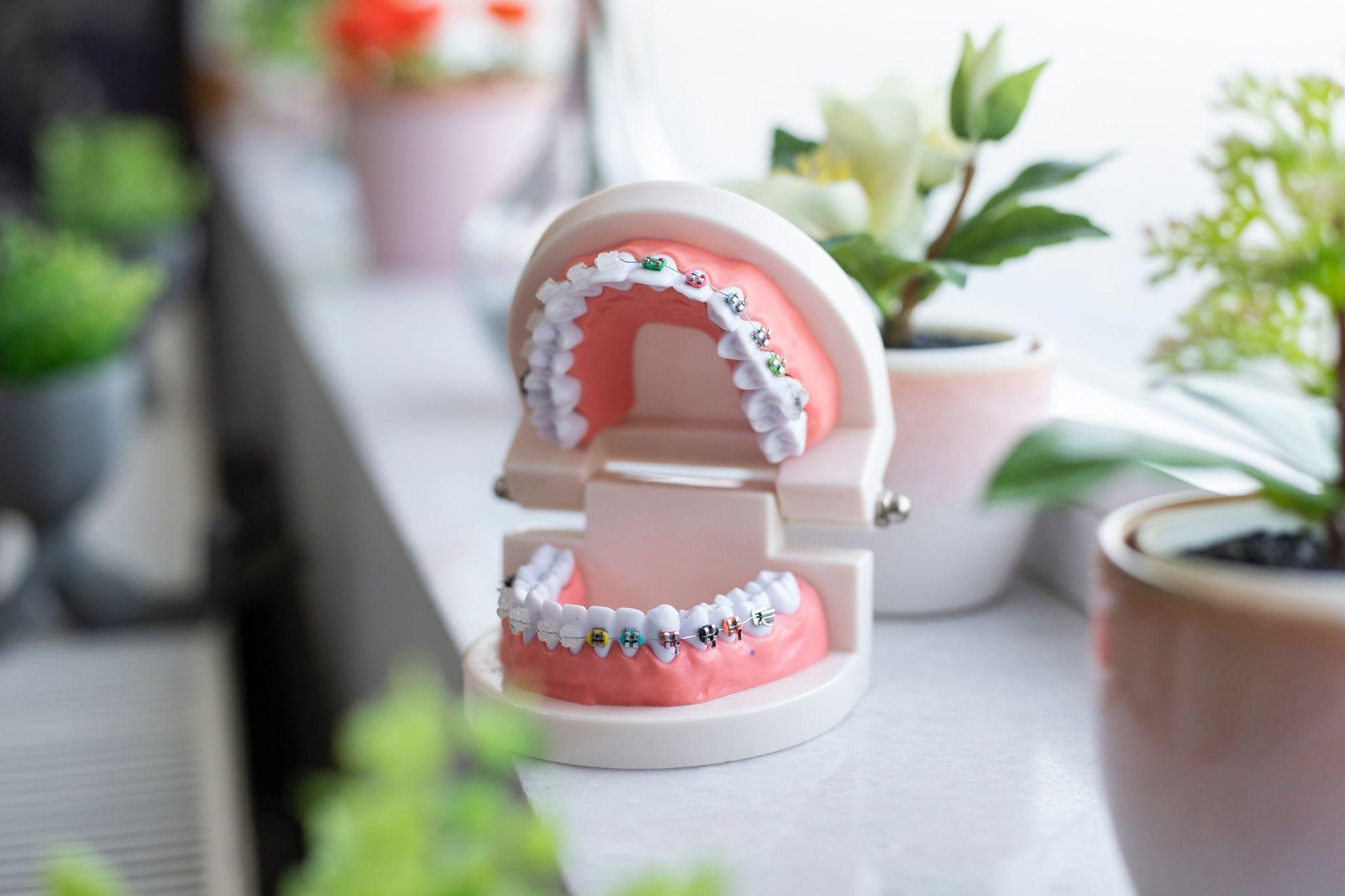
Dental professionals now have more access to high-quality digital data, making precise diagnosis and treatment easier to deliver. Dentists will be able to assess a patient’s genetic vulnerability to various oral diseases by looking at genetic information and dental history. This article discusses the different ways that dental technology is altering dentistry.
Artificial intelligence
Currently, software is used by dentists to get insights on clinical decision-making. To help physicians choose the optimum modalities for their patients, these will grow further to incorporate A.I. algorithms.
Digitalization is posing a number of fresh and unforeseen ethical concerns in the biomedical environment, nevertheless, as the field of dental medicine investigates the potential positive applications of digital data for dental practice and in research.
Cavity removal using laser
With the use of dental technology, filling a cavity might take less than 50 minutes. A laser is used by your dentist to remove the decay that led to the cavity. Painless surgery is performed. The dentist can do a 3D ultrasound of the tooth and send the picture to a 3D printer and a filling manufacturer if they decide you require a crown (in situations of severe decay).
The former creates a cap that is simple to place because of the accuracy provided by the cutting-edge technology. The latter restores the tissue underneath the tooth enamel by filling the cavity with a restorative material generated from your own stem cells (dentin).
Sensors
Numerous businesses are creating sensors that can monitor your heart rate and identify acidic saliva, which may cause or worsen dental issues, based on oral tissue or saliva samples, and conduct many other fascinating and practical tasks. Even the blood alcohol levels may be measured!
Smart toothbrush
In order to scan your mouth, smart toothbrushes are connected to smartphones. A cloud-based artificial intelligence system analyzes the photographs when they are uploaded there. A tooth fracture or cavity may be revealed by the study.
Due to all of this, smart brushes serve as useful diagnostic equipment. Your dentist receives the scans and first analysis from the toothbrush and reviews them before getting in touch with you to set up an appointment if they determine that you need one.
Drills to be replaced with digitally controlled mirrors
Soft tissue lasers are being used in numerous dental clinics to carry out common procedures. This procedure will soon be carried out by computers. Instead of dental drills, normal gum surgery will be performed with digitally controlled mirrors. Because they mend holes, the novel biomaterials under research will aid in avoiding unpleasant and costly operations like root canals. Using this technique, it is even now feasible to identify oral cancer in its early stages. Utilizing unique lighting with tissue change detection, this is done.
CRISPR
Mother Nature herself provides the cutting-edge CRISPR genome editing technique, but only lately have scientists realized its enormous potential. It may turn out to be the most effective cancer treatment ever developed, or, more controversially, it may aid in future baby design, as we have examined in our writings on the subject.The technology will also be advantageous for the field of dentistry.
What may CRISPR accomplish in dentistry, then? Actually, quite a bit. The technique to isolate and turn off genes linked to oral cancer is being studied by Chinese scientists. Other researchers are using CRISPR to change the way plaque-forming bacteria work. Their efforts could potentially result in a decline in tooth cavities and periodontal disease or their complete avoidance. Please, though, don’t stop cleaning your teeth just yet!
The intraoral camera
When you’re in the dentist’s chair, one of the biggest annoyances is that sometimes, no matter how wide you open your mouth, the dentist still can’t see what they would want to see, even with the help of the reliable dental mirror. Both the patient and the doctor find such circumstances to be uncomfortable and painful. Intraoral cameras, on the other hand, provide a direct solution to this issue.
Intraoral cameras have been introduced to the market by a few firms. The latter assures that its cameras are cutting-edge and will undoubtedly “start patient interactions.” The cameras’ unique liquid lens technology produces clear, detailed images that are simple for patients to understand since it works like the human eye and makes image capture simple.
Keep in mind that oral hygiene goes beyond aesthetics. A bad smile is not the only problem that can result from poor dental hygiene. It’s crucial to visit the dentist often, so if you’re looking for a dentist in Scottsdale, we highly suggest Tatum Point Dentistry.

